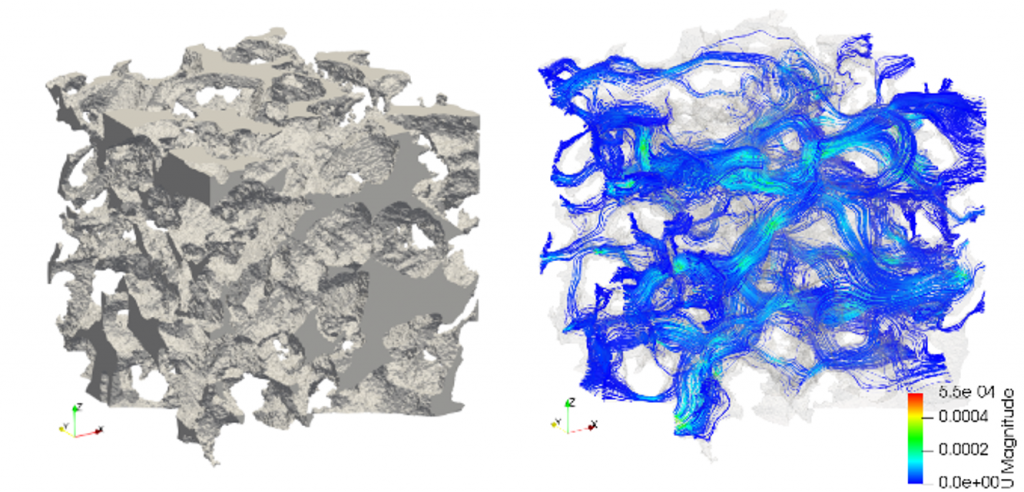System for permeability prediction of digital rocks

Tech ID
23-074
Inventors
Mohamed Elmorsy
Wael El-Dakhakhni
Benzhong Zhao
Patent Status
US provisional filed
Stage of Research
Development stage
Contact
Tao Li
Business Development Officer
Abstract
Permeability characterization of soils and rocks is critical in understanding and controlling many subsurface processes including groundwater movement, oil extraction, and geological carbon dioxide sequestration. Existing methods for digital permeability prediction, including computational fluid dynamics (CFD), direct numerical simulation, and convolutional neural networks (CNN), suffer from high costs and small predictable sample size. To address these issues, researchers at McMaster University have developed a unique tool that combines a three-dimensional CNN and a physics-informed neural network (PINN) model, which enables highly accurate, real-time and end-to-end permeability prediction of digital rocks at the core-scale (large predictable sample size).
Applications
- Sustainable extraction of hydrocarbons
- Permanent geological sequestration of carbon dioxide
- Seasonal storage of renewable underground energy
- Oil and gas exploration and production
- Membrane design for filtration
- Electrode design for battery and fuel cells
Advantages
- Real-time analysis (Sub-second predictions)
- End-to-end analysis (Direct prediction from segmented CT images)
- Large predictable sample size (Can accommodate arbitrarily large digital rock samples)
- Accurate permeability results (Below 10% relative error)
- Easy to use (No calibration needed)
References
- Elmorsy M, El-Dakhakhni W, Zhao B. Water Resources Research. 2022 Mar;58(3):e2021WR031454. https://agupubs.onlinelibrary.wiley.com/doi/abs/10.1029/2021wr031454

